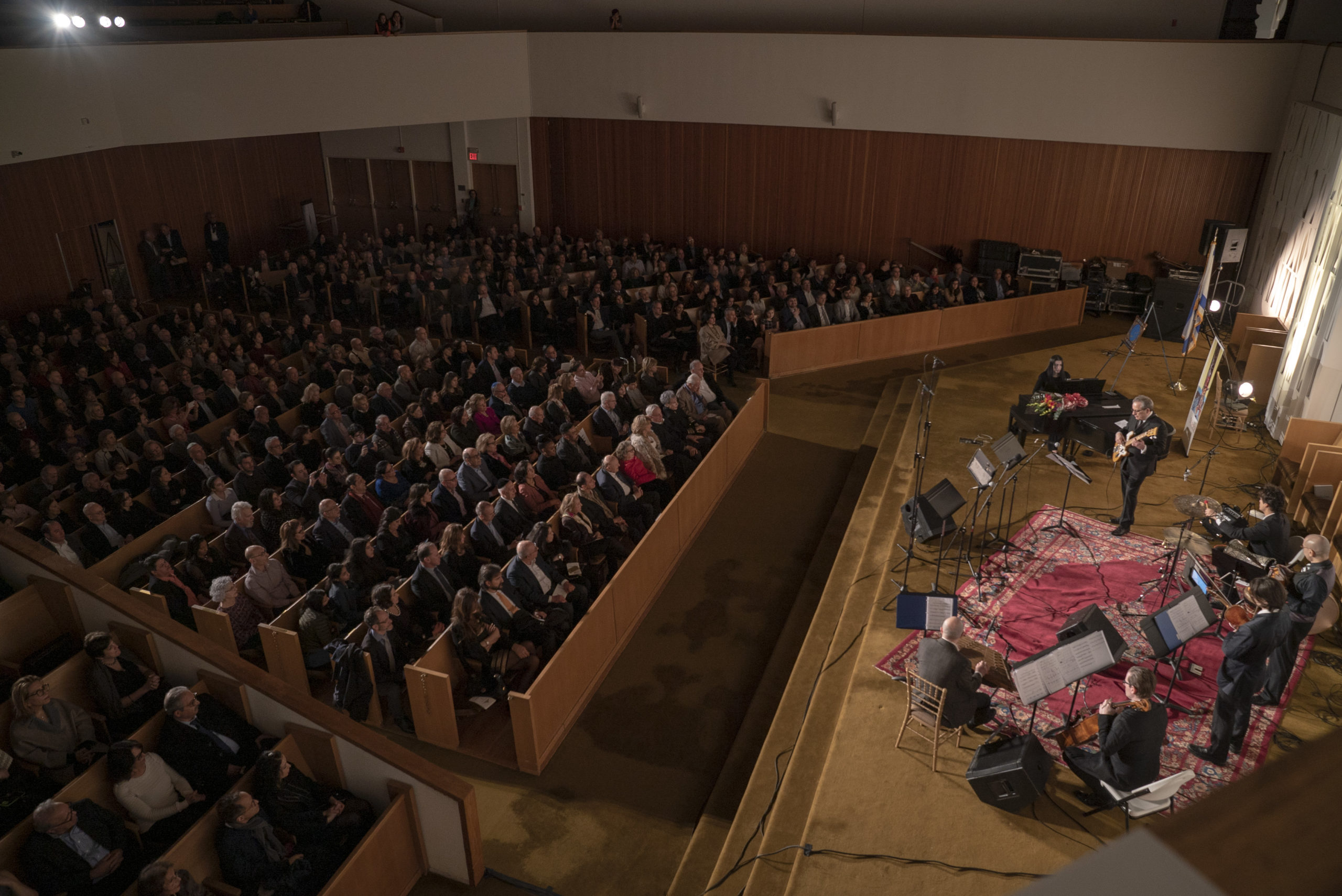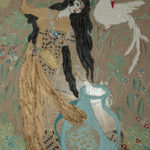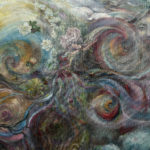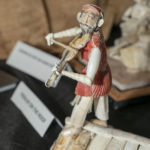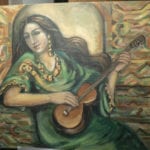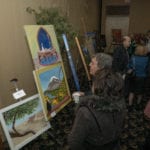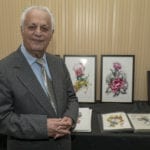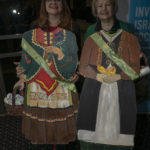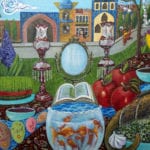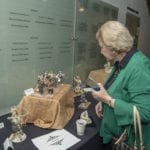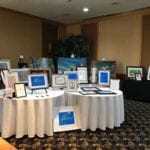Hundreds of people from around Great Neck attended a celebration of Persian culture at Temple Beth-El for Nowruz Saturday night, experiencing a showcase of emotional music, artwork and culture.
The concert and art exhibit, hosted by the Sephardic Heritage Alliance Inc. and the UJA Federation, was the culmination of a series of SHAI events in March, exactly 40 years after the 1979 Iranian Revolution that led to an influx of Persian Jews to Great Neck.
SHAI President Rebecca Sassouni said that in the wake of the revolution, many of the Persian Jews who now live in Great Neck did not necessarily celebrate the Persian New Year. Sassouni also said it was “very telling” that SHAI’s board, in its 27 years of existence, had never put on a Nowruz event until this year.
But Tania Eshaghoff Friedberg, a performer and fellow SHAI board member, recognized the importance of reconnecting with Nowruz, Sassouni said, and had a vision of using the arts to unite a sometimes fractured Great Neck community.
“And here we are in a packed sanctuary with over 500 members of the Great Neck community from multiple houses of worship and walks of life and different countries of origin and languages, here together tonight, celebrating the artwork that you have just all seen in the art exhibit, socializing together and celebrating Nowruz,” Sassouni said.
Friedberg, who spearheaded the event, said it has been her mission to preserve Persian culture and showcase it. This has taken the form of her own performances and trying to institute courses over two decades, she said.
The community probably was not prepared to embrace her mission back then, she said. But there is a strong nostalgia factor now that people have assimilated, shown in part by the sizable turnout.
“It was really something,” Friedberg said. “We anticipated about 200, 250, but we had over 600 people. I think the community is ready for it.”

Friedberg said Persian music is a 2,000-year-old tradition untouched by others, in part because of Iran’s geographic circumstances. The country’s Jewish community helped keep it alive for centuries as well, she said, as an Islamic regime sought to tightly regulate the music.
The music embraces a Middle Eastern vibe and has quarter notes that, when played right, “hit a place in your brain that’s pure emotion,” Friedberg said. Gregorian chants were copied from Persian music during the Crusades, Friedberg noted.
“They were hungry for it, they were waiting for it,” Friedberg said of the audience. “That’s what I felt.”
Among the musicians on stage were Cantors Vlad Lapin, Raphael Frieder of Temple Israel, and Isaac Janfar, each representing a different branch of Judaism.
Also on stage were cellist Christopher Hoffman, violinists Skye Steele and Ali Bello, percussionist Adam Malouf, santourist Arieh Aghajani, and electric bassist Edward Smaldone, the director of the Copeland School of Music at Queens College.
Several artists displayed their works, including Jalil Harroni, a sculptor who created art with seashells, and Roya Shams Diba, whose paintings touch on various aspects of Persian culture.
Mina Rabbani, an art instructor at the Great Neck Public Schools Community Education center, said SHAI had reached out to her about gathering artists and seeking out talent. Each showcased a unique style, she said.
Ultimately Rabbani, who left Iran more than 30 years ago, said the event was “beautiful” and resonated with her.
“I never felt so strongly the unity of both my Persian and Jewish heritage,” Rabbani said.

